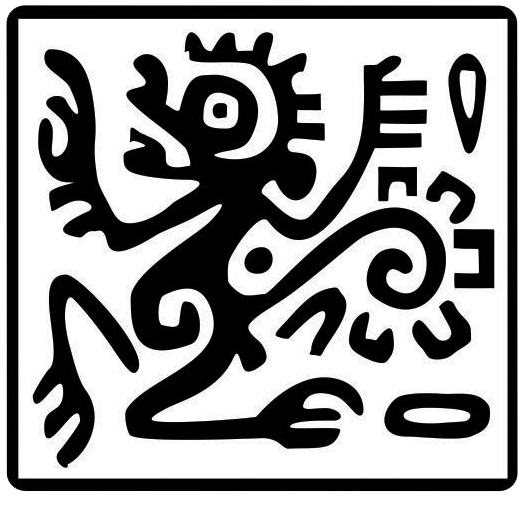Comparison of road-killed mammals on roads of different types of jurisdictions and traffic volume in Veracruz, México
Abstract
Road projects are key for human development but also pose a risk to wildlife. The objective of this work was to determine the number of mammal road-kills on 3 types of roads according to their jurisdiction and traffic volume in the northern part of the state of Veracruz, México. Two roads were selected according to their jurisdiction (federal, state, and municipal) considering 2 types of traffic volume (high and low). Road-killed wild mammals were recorded through systematic sampling. The inventory was enriched with non-systematic records. Non-parametric tests were used to analyze the differences in mammal roadkills between types of roads and traffic volume. We found 49 road-killed individuals of 4 mammal species and 1 genus not identified to species, in addition to 3 species from incidental records. The species with the highest number of roadkills was Didelphis marsupialis. There were no significant differences in the rates of collisions between types of roads, but we found a significantly higher number of records related to high traffic volume. The non-systematic records allowed to enrich the inventory of road-killed species in the area. Two of the mammal species recorded are listed under a risk category. The biological characteristics of the species influence the extent of the impact of roads on them; traffic volume is a key driver of the impact of roads on wildlife. Non-systematic records can contribute to improving roadkill inventories and provide better tools for assessing the effects of roads on wildlife.
Copyright (c) 2022 Therya Notes

This work is licensed under a Creative Commons Attribution-NonCommercial-NoDerivatives 4.0 International License.
THERYA NOTES is based on its open access policy allowing free download of the complete contents of the magazine in digital format. It also authorizes the author to place the article in the format published by the magazine on your personal website, or in an open access repository, distribute copies of the article published in electronic or printed format that the author deems appropriate, and reuse part or whole article in own articles or future books, giving the corresponding credits. The Creative Commons CC BY-NC-SD license is used.![]()










